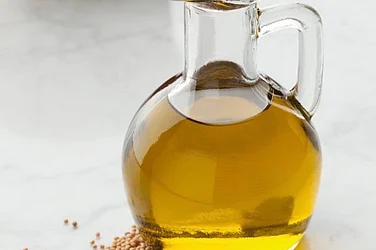Sugar tastes sweet but over consumption may leave a bitter mark on health. Thus, many people are taking to alternative means or supplements.
When too much of added sugar is consumed, it leads to several problems. In fact, many food manufacturers add sugar to their products to increase the flavour or extend shelf life.
Several brands of soft and flavoured drinks, flavoured yogurts, cereals, cookies, cakes, candy, and processed foods have added sugar.
"Excess sugar can be harmful. It can impact obesity and diabetes. Adding too much sugar in diet can have a serious impact on the heart as well," says medical practitioner Dr. Shinjita Verma.
Advertisement
In nature, sugar is found in foods that contain carbohydrates. Among these are fruits, vegetables, grains, and dairy.
Stevia as alternative
“Stevia is a natural sweetener up to 300 times sweeter than white cane sugar,” said Amresh Singh, a farmer from Bihar who uses it as an ingredient for Exotic Kahawa – claimed to be a healthy substitute for tea and coffee.
Stevia rebaudiana has gained popularity as an alternative sweetener because it contains glycosides.
In warmer climates, it is a perennial herb and can be harvested multiple times in a year. It propagates through plant parts, seeds, etc. and facilitates intercropping.
Advertisement
However, Stevia is sensitive to frost, waterlogging and drought.
All plants have an optimal pH range. At higher substrate pH levels nutrients such as iron, manganese, zinc, and copper become less available to the plant.
pH value
In most cases, plants with abnormally high pH values will experience iron-deficiency symptoms. Iron is an immobile element in the plant and in result cannot be translocated from lower foliage to meet the plants needs in the new developing portions of the plant.
Limited iron to Stevia plants may result in yellowing and interveinal chlorosis on the upper leaves of the plant.
According to Patrick Veazie and Brian E. Whipker in ‘e-GRO Alert’ (Stevia: High Substrate pH Induced Iron Chlorosis), “when attempting to diagnose Fe-deficiency it is important to account for the location of the symptomology to help eliminate other nutrient deficiencies. In this case of Stevia, the plants upper portions are exhibiting yellowing and interveinal chlorosis. Thus, with the combination of symptom location, and the alkaline substrate pH values the cause of the interveinal chlorosis is Fe-deficiency due to elevated substrate pH levels”.
Otherwise, Stevia adapts well to different climatic ranges around the world. In semi-humid temperature with good light intensity it is found to exhibit better leaf growth.
Also, the length of the day favours the leaf growth. Stevia plant can sustain rainfall of around 1800mm. Red and sandy loam soils with an optimum pH of 6 to 7 are considered best for growing the plant.




















